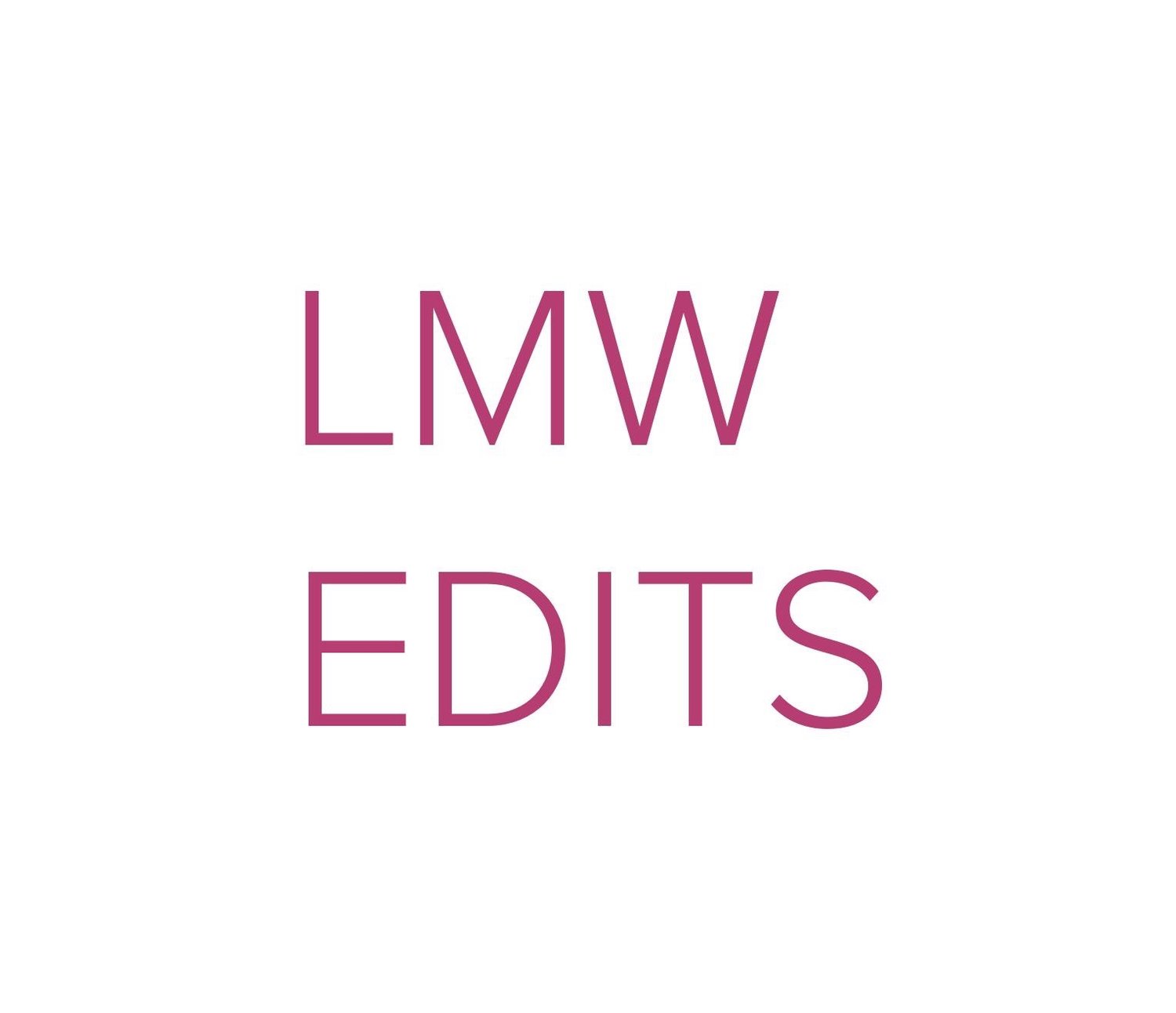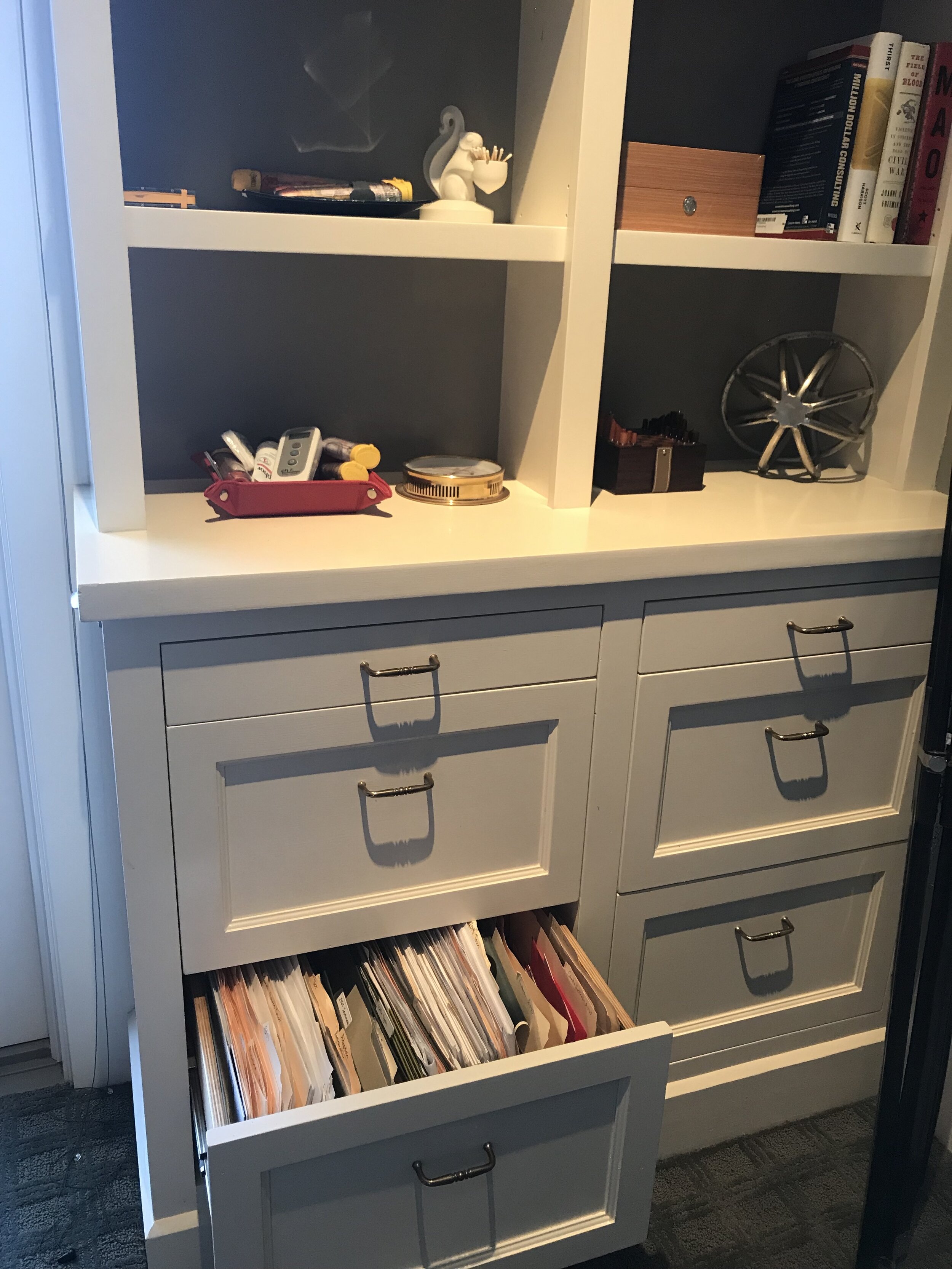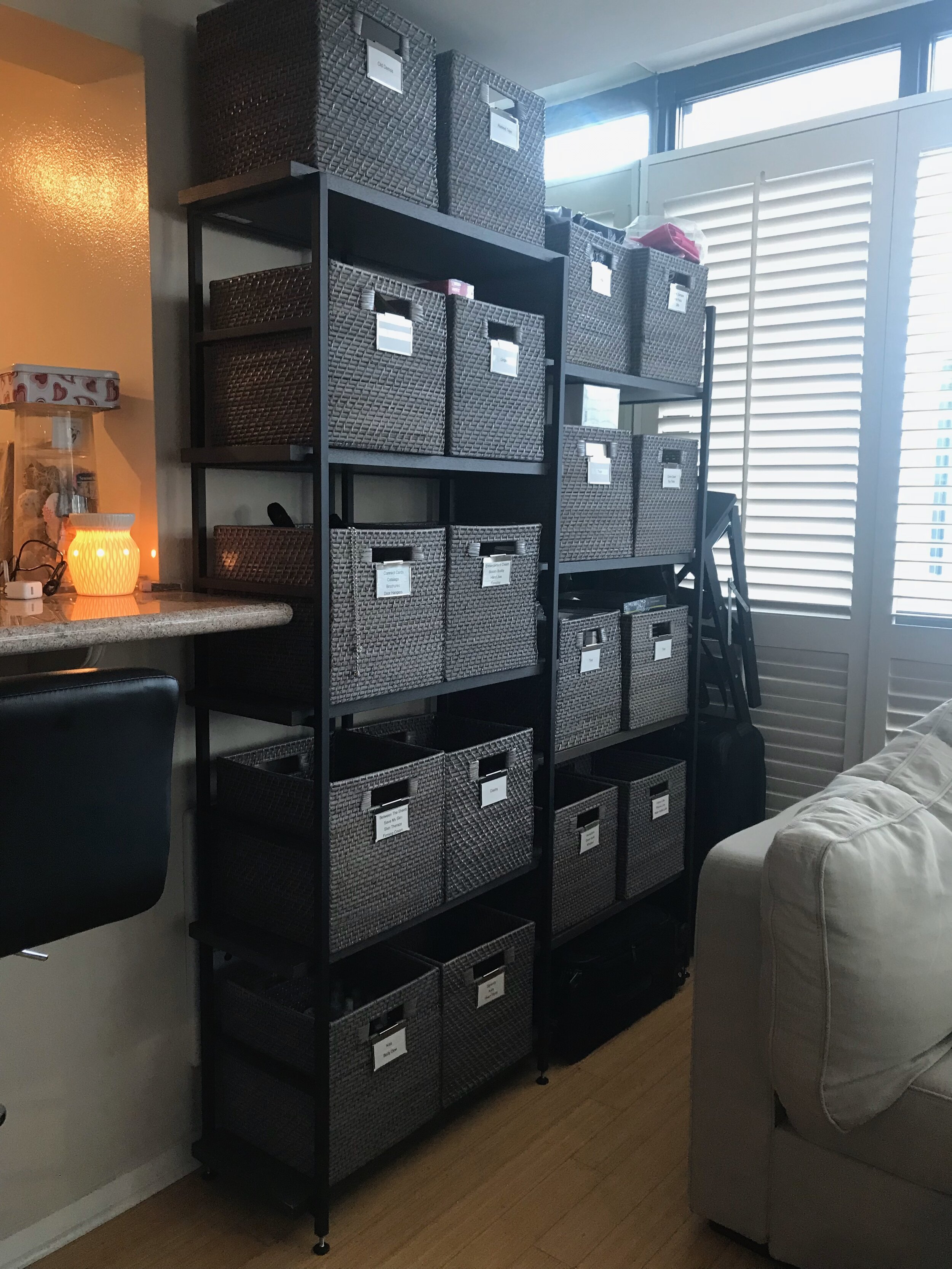Eyes on the Prize: Principles of Organizing Part 6
Just joining us for the Principles of Organizing blog series? Catch up here!
We started with the big picture, and now we’re getting into the nitty gritty details of storage and organization!
Remember back at the beginning when we spent time creating our vision? Well, hopefully you’ve been keeping that as your touch stone all along. I want to bring it up again to remind you about the long term nature of organizing a home. Organizing isn’t something you do once, take a picture, and call it done. Organizing is a habit, a routine, a way of life. Why? You not only need to be able to store things - you need to be able to retrieve them at a later date!
So keep your eyes on the prize, think about the long term, and store how you mean to retrieve. Leave your brain the clues it needs to be able to find something quickly and easily when you need it most.
This principle applies most critically to things you definitely need to keep, but don’t use regularly. You won’t have muscle memory in place that comes from finding, using, and then putting away something on a daily basis. So, you need to categorize and label your stuff in a way that’s super clear to you.
This concept comes up most often with clients when we’re putting together paper filing systems. For whatever reason, filing can be pretty intimidating to a lot of people. It feels business-y, foreign, and not at all homey. But we do all need to keep some important paperwork on hand, and be able to find it when we’re in a total jam.
People tend to want to file things in very large groups, with very broad headings. Think file folders labeled things like “Insurance,” “House,” “Car.” That seems pretty logical. But what if you need to find your proof of health insurance? You go to your insurance file… and whoa, there’s all kinds of stuff in there: life, house, auto, and yes, health - and now you’re frantically rifling through it and spreading papers out all over the floor, and when you finally do find that piece of paper you need, you suddenly have a giant mess on your hands.
Instead, I recommend that my clients file things in a more detailed way, and a way that makes sense to them. It also helps to use a two tier system, with hanging files for major categories that each contain file folders for individual subcategories.
So, health insurance could go a couple of ways. You could have a hanging file labeled “Insurance” and files within labeled “Home,” “Auto,” “Life,” and “Health.” Or, if you’re a person who’s dealing with a more complex health situation, you could have a hanging file labeled “Health” and files within labeled “Insurance,” “Billing,” and “Records.” Or, in yet another twist, a family could label a hanging file “Health” and have sub-folders for each family member!
Just please, promise me that you’ll never label a file, box, or basket “miscellaneous!”
Why? Well, how in the world are you going to find those things again? By throwing things that don’t go together in a category called miscellaneous, you have left yourself no clues about how to find them when you really need them. You’ve stored those things - but you have no way to retrieve them.
Want to know where we go from here? There’s just one post left in the series on basic principles of organizing.
How have you renamed storage that you previously labeled “miscellaneous?”
LMW











My MBA was an incredible experience… AND a mighty wake-up call that led to my lightbulb moment.